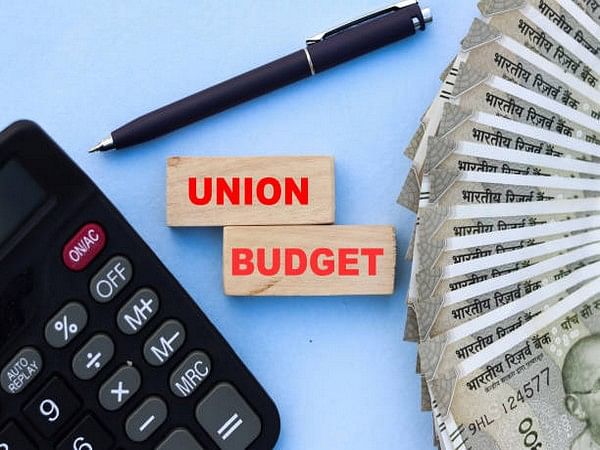New Delhi [India], July 20 (ANI): The upcoming Budget will still set the stage for policy choices ahead, and will be watched for pace of fiscal consolidation and policy priorities on capex and non-capex spend says Emkay Union Budget preview.
The fiscal buffer from the Reserve Bank of India’s (RBI) excess dividend, amounting to 0.4 per cent of GDP, is likely to be disproportionately allocated towards the rural, farm, and welfare sectors, with a slight increase in capex.
The Gross Fiscal Deficit (GFD) for FY25 is estimated at 5.1 per cent of GDP, following 5.6 per cent in FY24. The Centre is unlikely to deviate from its fiscal consolidation path, maintaining a focus on stronger revenue mobilization and spending efficiency, despite higher revex spending.
It is projected that ex-interest revenue expenditure (revex) will rise to 7.7 per cent of GDP, and capex/GDP may increase to 3.5 per cent. Allocation towards welfare, rural development, housing loan interest subsidies, and MSMEs may be increased.
The fiscal consolidation path is facilitated by factors such as the RBI’s excess dividend, rolled-over cash balances from last year’s fiscal savings, and a better tax profile.
These elements make the 0.5 per cent consolidation path for FY25 more manageable and provide a cushion against revenue slippages.
Market expectations are geared towards a slower pace of fiscal consolidation and possible changes in policy priorities, although massive shifts are not anticipated.
The gross tax/GDP ratio is expected to remain stable at 11.6 per cent, supported by better tax compliance and robust tax buoyancy from FY24. Despite easing tax growth, minor adjustments in personal taxes are anticipated, which should not cost the exchequer more than 0.1 per cent of GDP.
Net borrowing is expected to be approximately Rs 11.4 trillion, with 27.8 per cent of the GFD funded by small savings.
The capex/GDP ratio for FY25 is projected to rise to 3.5 per cent, with a focus on roads, railways, housing, rural and urban infrastructure, and capex incentives for states.
Higher allocations towards health and education are anticipated to enhance human capital. Major tax mobilization announcements are not expected, but there may be minor adjustments in personal tax rates for lower-income strata.
Divestment targets are likely to remain unchanged. Net market borrowings are expected to ease to Rs 11.4 trillion, with a reliance on the National Small Savings Fund (NSSF) and minimal short-term borrowing.
Corporate taxes are projected to increase by 12 per cent (compared to 13 per cent in the interim Budget), based on an estimated nominal GDP growth of 11.2 per cent. No changes to the direct tax code regime are anticipated.
Additional resources are expected to increase welfare and rural spending, with possible income-tax cuts for lower-income groups. Despite this, capex is expected to see a mild increase across key sectors, maintaining a focus on capacity creation.
Despite challenging economic trade-offs amid reduced fiscal impulses to growth, the policy spirit is expected to remain stable.
The Budget is anticipated to signal continued policy choices, focusing on the pace of fiscal consolidation and prioritization of capex and non-capex spending.
Despite the changing political landscape and uneven growth, policy pivots are not expected. The effective fiscal impulse has been negative for growth over the years, with both the Centre and States exceeding their FY24 fiscal targets. (ANI)
This report is auto-generated from ANI news service. ThePrint holds no responsibility for its content.



